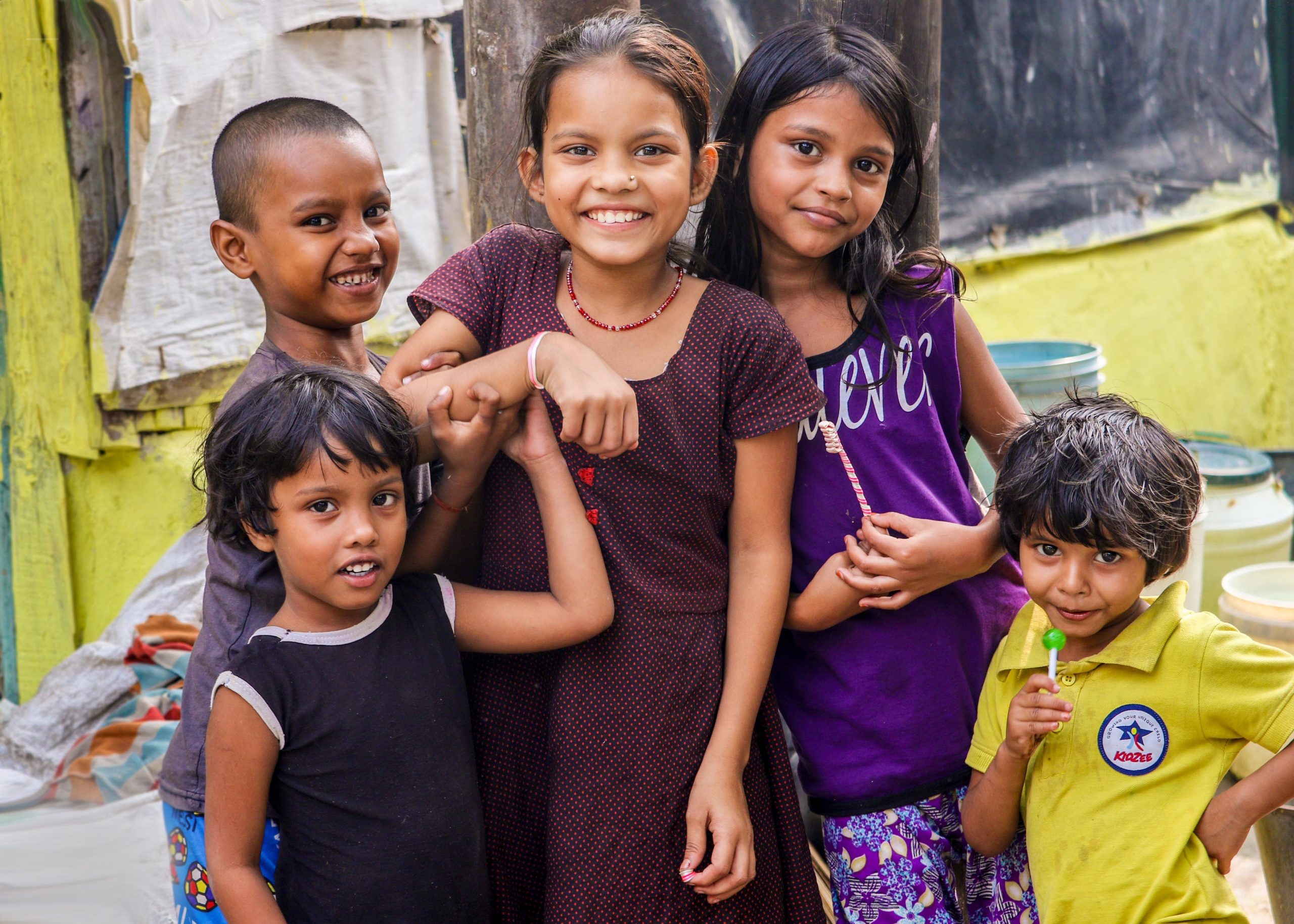
6 Pledge makers pushing for Human and Labour Rights Standards
Setting legal boundaries for child labour and providing grounds for national and international actions to end it.
We’re highlighting some of the 2021 Action Pledges we’ve received. Get inspired by these short stories about how governments, UN agencies, NGOs, universities, organizations, tripartite partners, and many more are joining the global movement for children.
What is the ILO doing in the fight against child labour?
Throughout its 100-year history, the ILO has committed to urgently act to end the worst forms of child labour and to provide hope for the millions of children waiting for a better future. How? Amongst many other activities, by adopting two Conventions.
ILO Minimum Age Convention, 1973 (No. 138) and its Recommendation No. 146.
It requires countries to establish a minimum age for entry into work or employment and national policies for the elimination of child labour.
ILO Worst Forms of Child Labour Convention, 1999 (No. 182) and its Recommendation No. 190.
It requires countries to take immediate, effective and time-bound measures to eliminate the worst forms of child labour as a matter of urgency. It has become the first ILO convention in history to achieve universal ratification. While the universal ratification of this convention gives all children the right to freedom from the worst forms of child labour, the ILO is calling on the remaining 14 countries to ratify the Minimum Age Convention in order to lay the legal groundwork necessary to reach Target 8.7 and eliminate child labour in ALL its forms.
Both conventions are part of the ILO’s fundamental Conventions.
How have the two ILO Conventions impacted the push for human and labour rights standards?
The ratification of Convention 182 and Convention 138 on minimum age has resulted in children benefiting from critical legal protection from the worst forms of child labour, which include slavery and debt bondage, trafficking of children, children forced to participate in armed conflict, children used for commercial sexual exploitation or illicit activities, or subjected to hazardous work.
Many countries have now adopted legislation to prohibit or place severe restrictions on the employment and work of children, and various targeted programs to tackle child labour through education, social protection, and decent work for adults and youth of working age have been initiated.
Despite seeing a decline in child labour of almost 100 million since the year 2000, this complex issue continues to exist on a massive scale. Nevertheless, the complete elimination of child labour as the ultimate goal is supported by the tireless work of governments, UN agencies, NGOs, universities, organizations, tripartite partners, and many more.
Here’s what some of our pledge makers are doing.
Federal Republic of Somalia

The Federal Republic of Somalia through its ministry of Labour and Social Affairs is implementing this 2021 Action Pledge, which aims to ratify ILO Convention No. 138 on the Minimum Age Convention.
“We will obtain consent from Somalia’s competent authority regarding the ratification, conduct consultations with the Tripartite partners, communicate formal ratification of the convention to the Director-General of the ILO, and take actions at Federal and State levels to make effective the provisions of the convention.”
Somalia makes a commitment not only to protect children but to put in place legislation that protects them from harm and exploitation. To achieve this, the Federal Government will collaboratively work with the tripartite partners as well as the State governments to implement relevant provisions in policies and laws that protect children from exploitation and exposure to child labour.
If your country is yet to ratify this convention, follow Somalia’s journey towards ratification and let their lead inspire you.
National Commission against Child Labour jointly with ILO Timor-Leste

The National Commission against Child Labour in Timor-Leste is a government institution.
The National Commission against Child Labour jointly with its tripartite organizations commemorate the International Year on the Elimination of Child Labour by pledging to fight child labour in Timor-Leste.
“We will support and urge the Government to immediately approve the Child Labour National Action Plan in 2021, support the Government to conduct legal analysis as a basis for the ratification of ILO Convention 138 and the harmonization of the age minimum for admission to the world of work for Timor-Leste. We will urge the Government to approve the draft hazardous worklist to strengthen the work of Labour Inspectors as part of combating child labour in Timor-Leste.”
This Action Pledge will allow them to guide and strengthen the work of their government institution in combating and ending Child Labour in Timor-Leste.
Go to pledge page
Ministry of Commerce Industry and Labour of Samoa
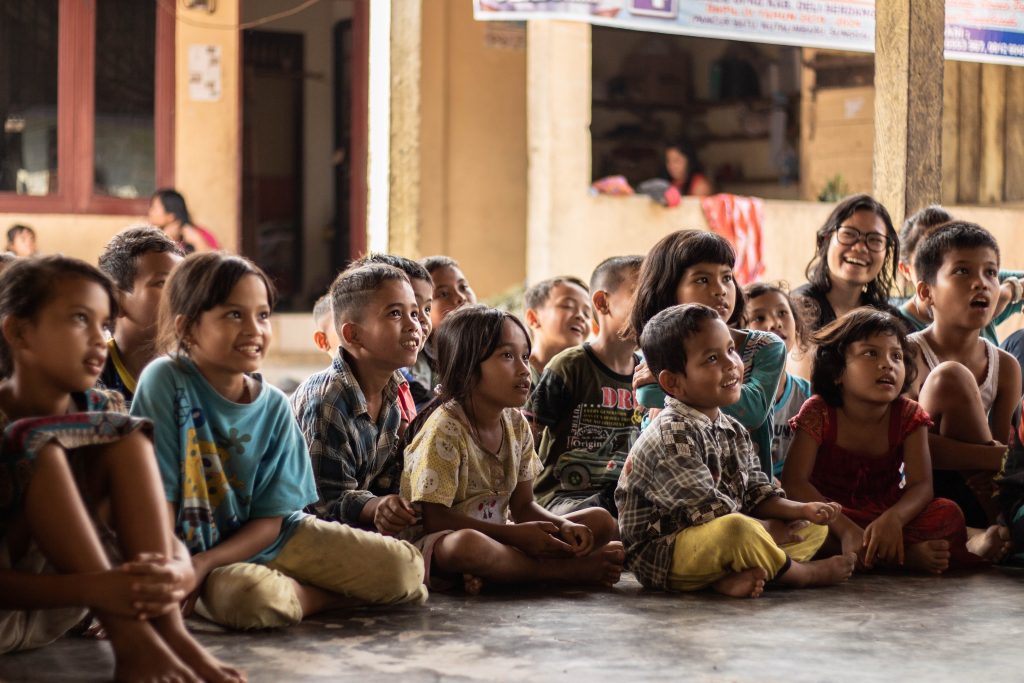
The Ministry of Commerce, Industry and Labour of Samoa is a government institution.
Its 2021 Action Pledge aims to accelerate action to eliminate hazardous child street vending in Samoa.
“We will finalize the passage of key labour legislation to amend the minimum age for admission to employment in line with Convention No. 138, organize and complete the National Follow-up Rapid Assessment of Child Street Vendors in 2021. We will also organize a Samoa national conference on the elimination of child labour and develop a National Action Plan to eliminate Child Labour.“
This will allow Samoa to update and refine data which will, consequently, become the basis for strategies to address and eliminate hazardous child street vending.
Let’s do all we can to support these two countries in their efforts to ratify Convention 138 by sharing their posts on progress!
Go to pledge page
From Ratification to Implementation
Special Representative of the Secretary-General for Children and Armed Conflict
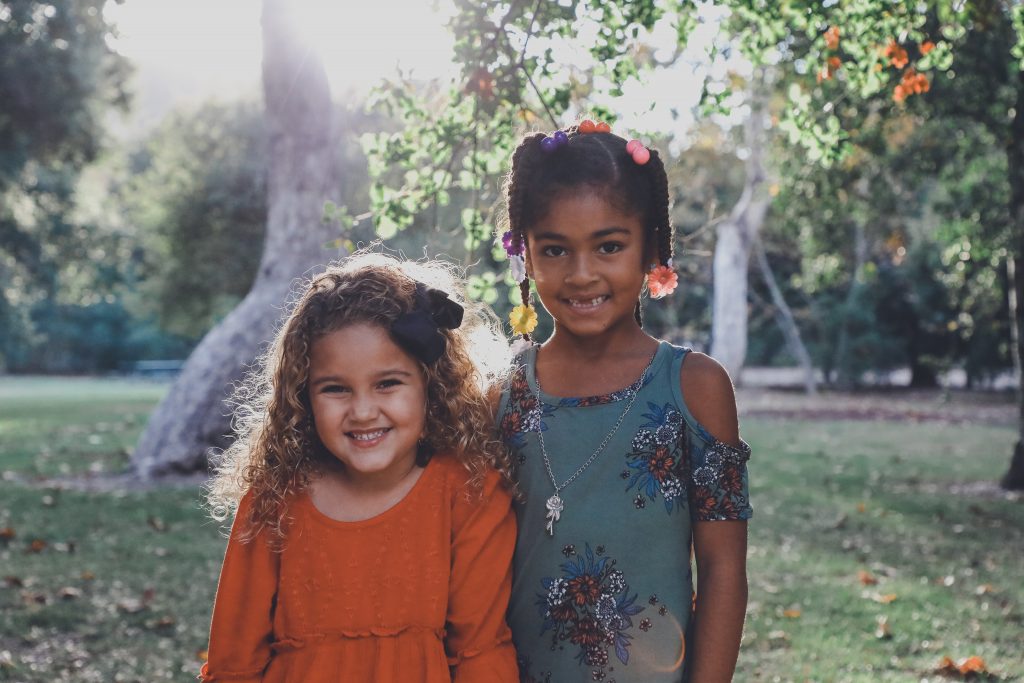
The Office of the Special Representative of the Secretary-General for Children and Armed Conflict – Children and Armed Conflict is a UN organization.
Its 2021 Action Pledge aims to promote the universal ratification and implementation of the OPAC and the implementation of ILO Convention No. 182.
“We will amplify the voices of the boys and girls affected by armed conflict and in need of protection. We are equipped with a robust set of tools to end and prevent grave violations against children, like the UN-led monitoring and reporting mechanism on grave violations against children and The Optional Protocol to the Convention on the Rights of the Child on the involvement of children in armed conflict (OPAC).”
They will encourage and guide the Member States in sharing lessons learned and best practices, and in the ratification and implementation of the OPAC and the ILO Convention No. 182. This in turn will help the international community to get closer to reaching SDG Target 8.7.
Go to pledge page
General Confederation of Enterprises of Côte D’Ivoire
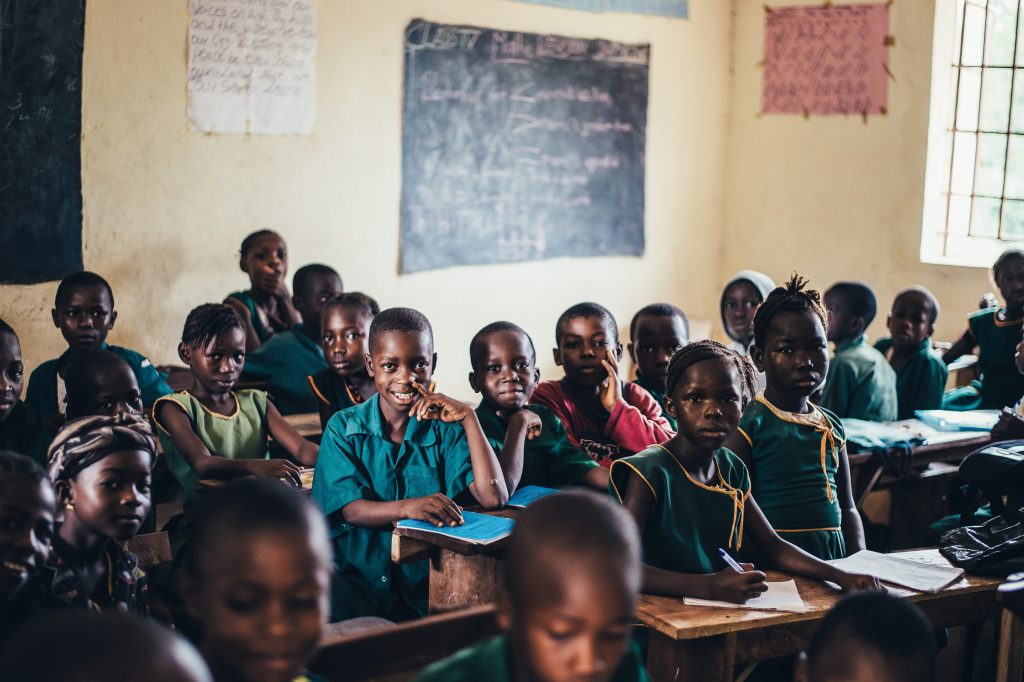
The Confédération Générale des Entreprises de Côte d’Ivoire is an employers’ organization with 3500 member companies, including member companies in the agricultural and gold sectors.
Its 2021 Action Pledge aims to create a network of companies committed to fighting child labour in Côte d’Ivoire.
“The Network will allow the CGECI to ensure better dialogue with its enterprises and contribute more effectively to the mechanism that monitors the application of ILO conventions and recommendations.”
Their pledge will contribute to strengthening due diligence in the supply chains of member companies in each sector-specific group. It will further allow for the sharing of knowledge and good practices, as well as boosting dialogue and improving the reporting system.
Go to pledge page
Ministry of Manpower of Egypt
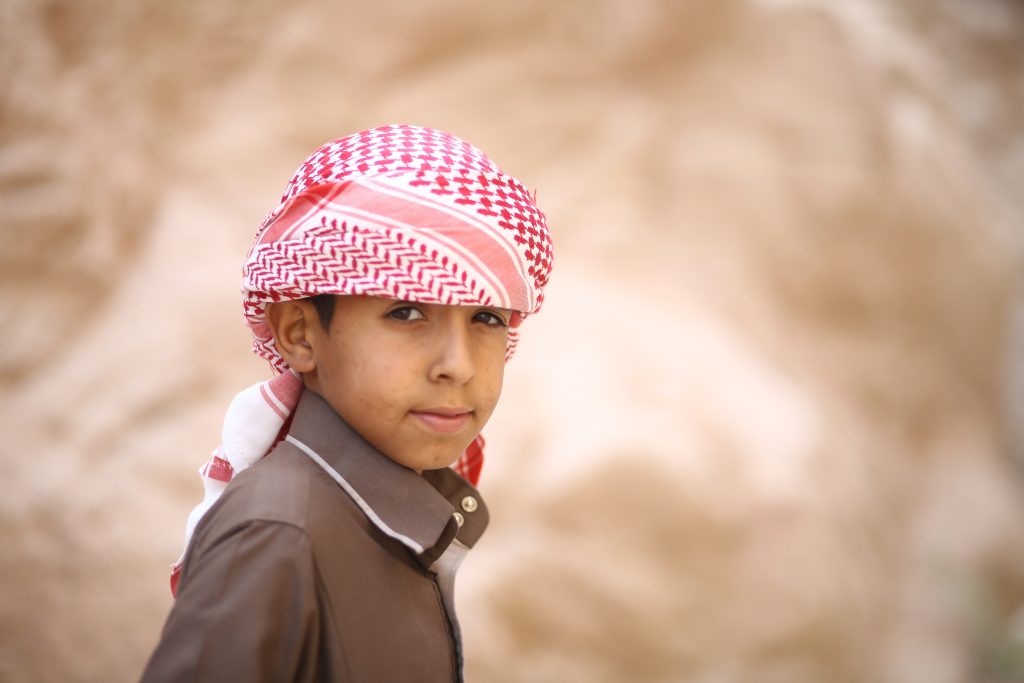
The Ministry of Manpower of Egypt is a government institution.
Its 2021 Action Pledge aims to strengthen monitoring, protection and prevention of child labour and to update the hazardous child labour list.
“We will conduct a needs assessment study in five governorates in Egypt as a pilot phase to assess the capabilities and the training needs for Occupational Safety and Health (OSH) and Labour inspectors. We will update the list which will determine what work is to be prohibited due to the danger it poses to children’s physical, psychological, or moral health following the ILO guide “The tripartite process of determining hazardous child labour.”
The Ministry also plans to update the hazardous child labour list (HCL) in accordance with the ILO Convention No. 182 and to specify the nature of work children can perform.
Go to pledge page
Do you support these pledge makers in their endeavours?
Follow their journey and share their posts to let them know the Alliance 8.7 community is rooting for them to follow through on their commitments.